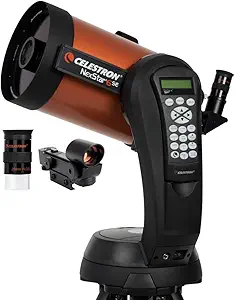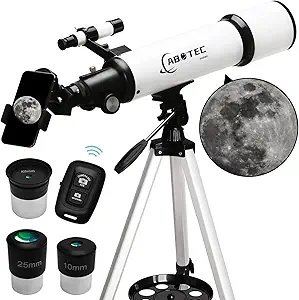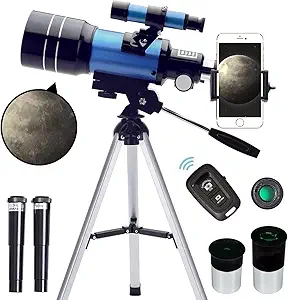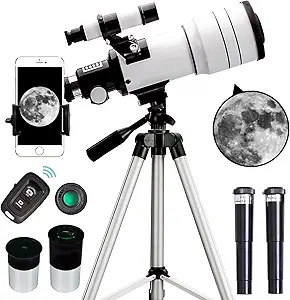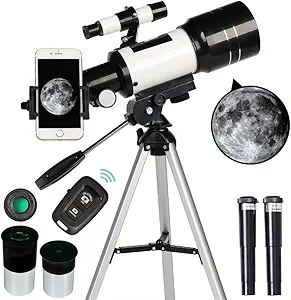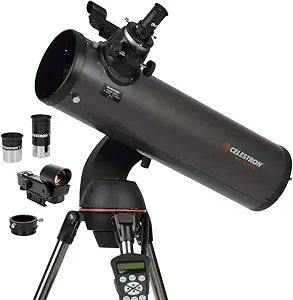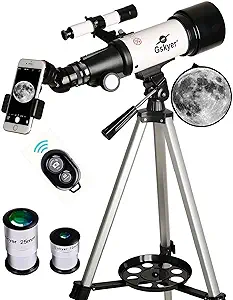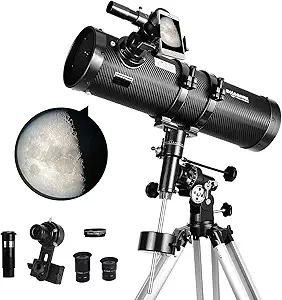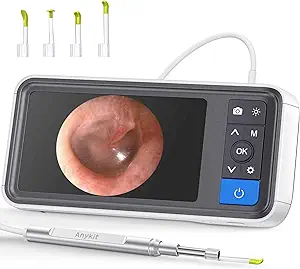The Ultimate Buying Guide for Telescopes: How to Choose the Best One for Your Needs
Overview
Telescopes are a great way to explore the night sky and discover the wonders of the universe. Whether you're a beginner or an experienced astronomer, choosing the right telescope can be a daunting task. There are many different types of telescopes available, each with its own set of features and benefits. In this guide, we'll take a closer look at the different types of telescopes, key considerations when buying a telescope, important features to look for, prices, tips, and FAQs to help you make an informed decision.
Types
1. Refractor Telescopes: These telescopes use lenses to gather and focus light. They are great for observing planets and other bright objects in the night sky. They are also very low maintenance and easy to use.
2. Reflecting Telescopes: These telescopes use mirrors to gather and focus light. They are great for observing faint objects in the night sky, such as galaxies and nebulae. They are also more affordable than refractor telescopes.
3. Compound Telescopes: These telescopes combine both lenses and mirrors to gather and focus light. They are great for observing both bright and faint objects in the night sky. They are also more compact and portable than other types of telescopes.
Key Considerations
1. Aperture: This refers to the diameter of the telescope's primary lens or mirror. The larger the aperture, the more light the telescope can gather, resulting in brighter and clearer images.
2. Focal Length: This refers to the distance between the primary lens or mirror and the point where the image is focused. A longer focal length means higher magnification, but a narrower field of view.
3. Mount: The mount is what holds the telescope in place and allows it to move. There are two main types of mounts: alt-azimuth and equatorial. Alt-azimuth mounts are simpler and more intuitive, while equatorial mounts are better for tracking objects as they move across the sky.
Features
1. Magnification: This refers to the degree of enlargement of the image. However, higher magnification does not always mean better quality images.
2. Eyepieces: These are the lenses that you look through to view the image. Different eyepieces offer different magnification levels and fields of view.
3. Finderscope: This is a small telescope mounted on top of the main telescope that helps you locate objects in the night sky.
Prices
Telescopes can range in price from under $100 to thousands of dollars. The price will depend on the type of telescope, its features, and its quality.
Tips
1. Research before you buy: Read reviews and do your research to find the best telescope for your needs.
2. Start with a beginner-friendly telescope: If you're new to astronomy, start with a telescope that is easy to use and doesn't require a lot of setup.
3. Consider portability: If you plan on taking your telescope on the go, consider a smaller, more portable model.
FAQs
Q: What can I see with a telescope?
A: You can see planets, stars, galaxies, nebulae, and other objects in the night sky.
Q: Do I need a telescope to see the night sky?
A: No, you can also use binoculars or just your eyes to observe the night sky.
Q: How do I clean my telescope?
A: Use a soft, lint-free cloth and a solution of water and mild soap to clean the lenses and mirrors. Avoid using harsh chemicals or abrasive materials.
Conclusion
In conclusion, choosing the right telescope can be a rewarding experience. By considering the types of telescopes available, key considerations when buying, important features to look for, prices, tips, and FAQs, you can make an informed decision and start exploring the wonders of the universe.

